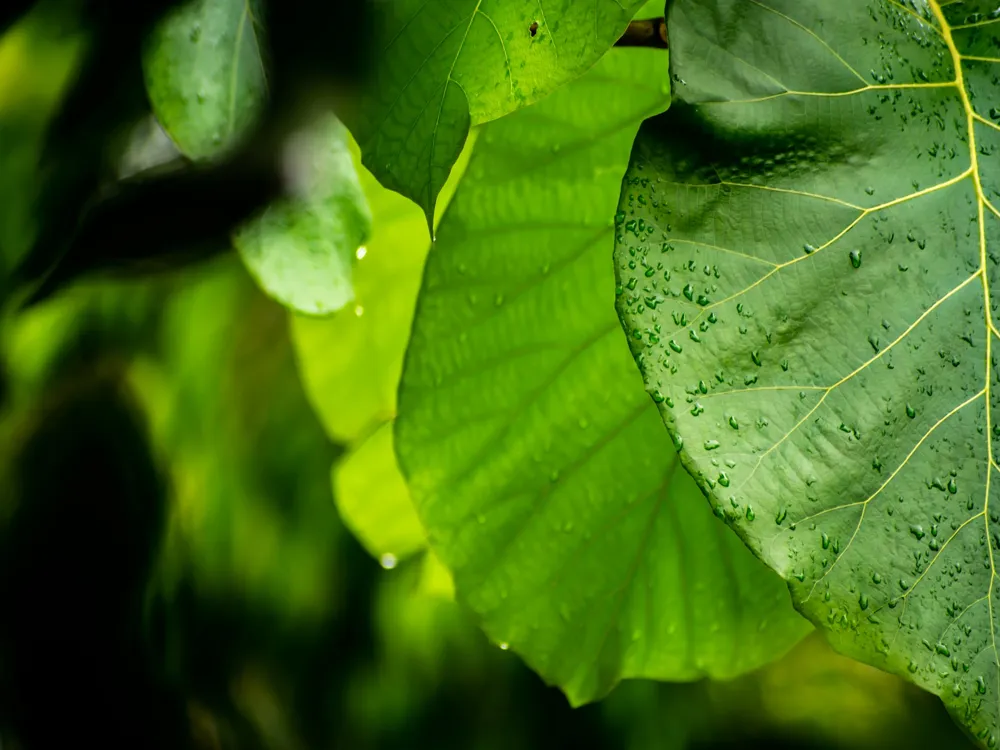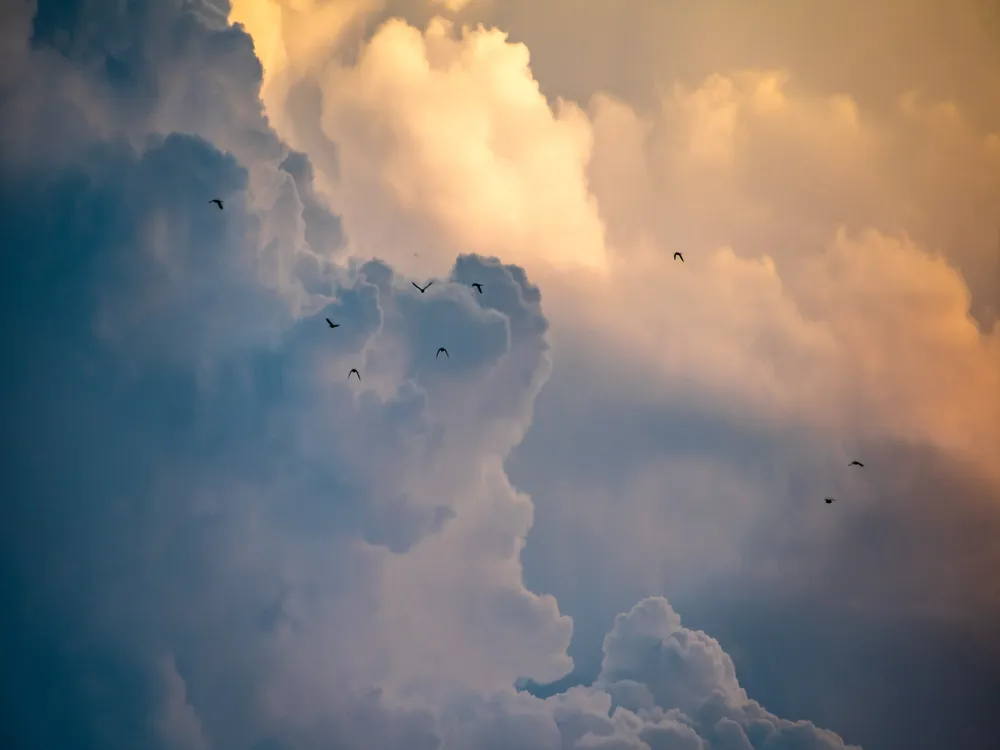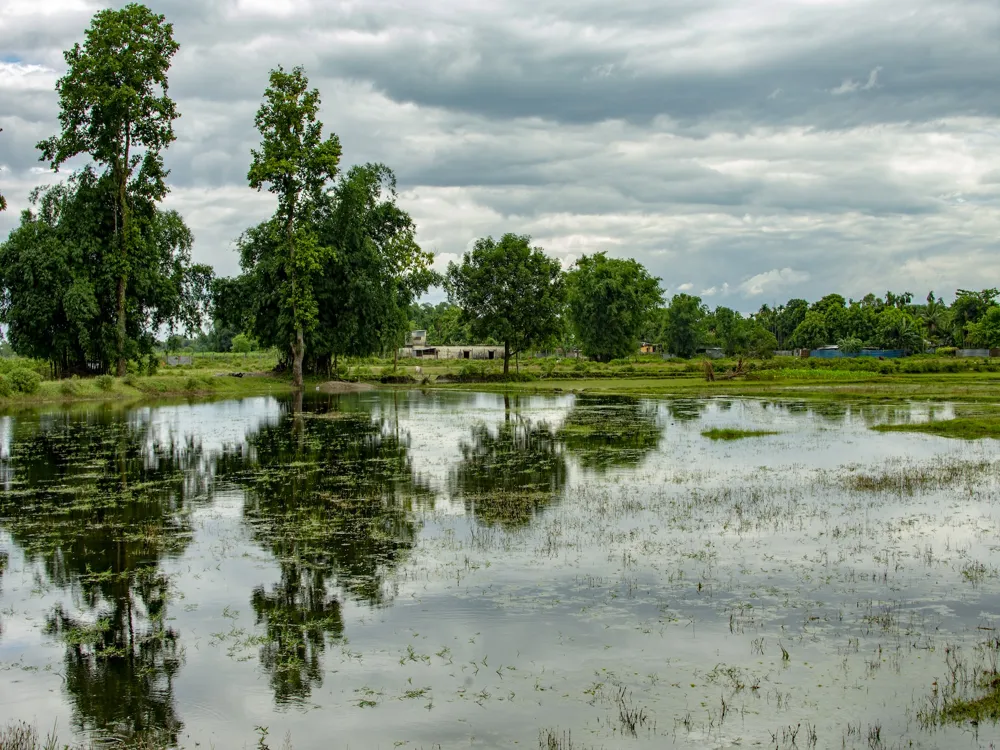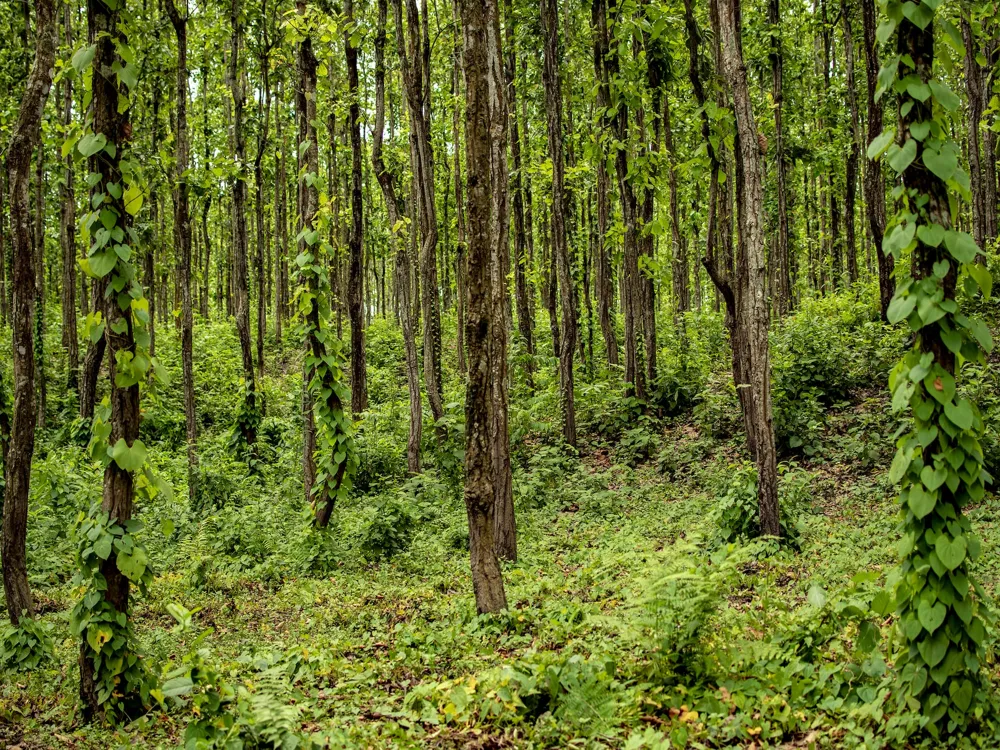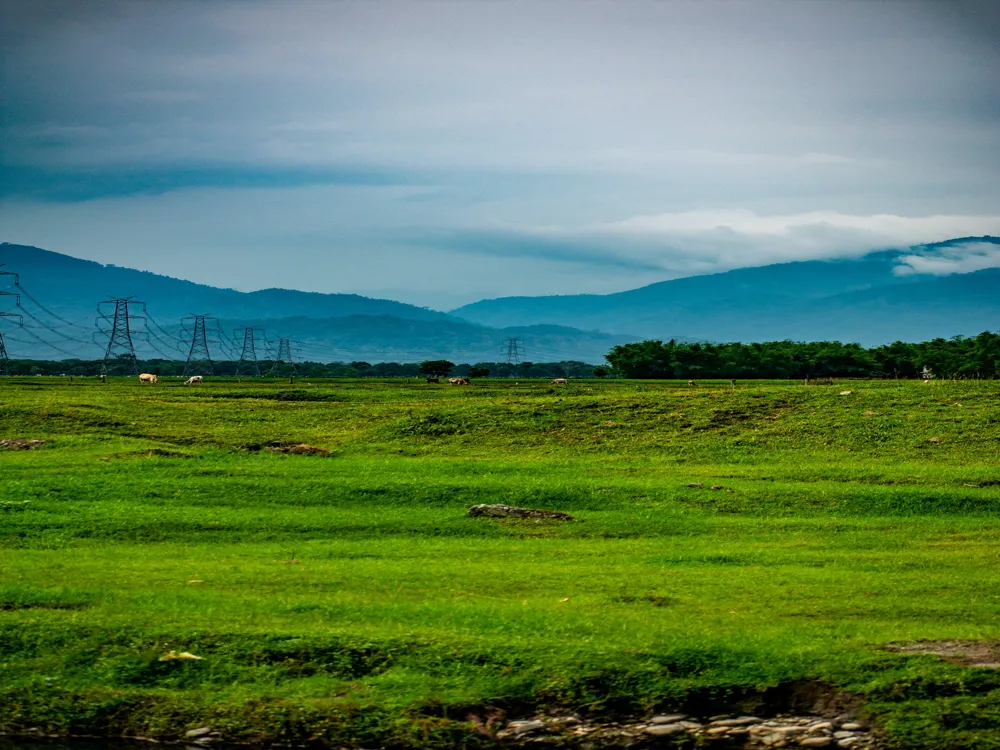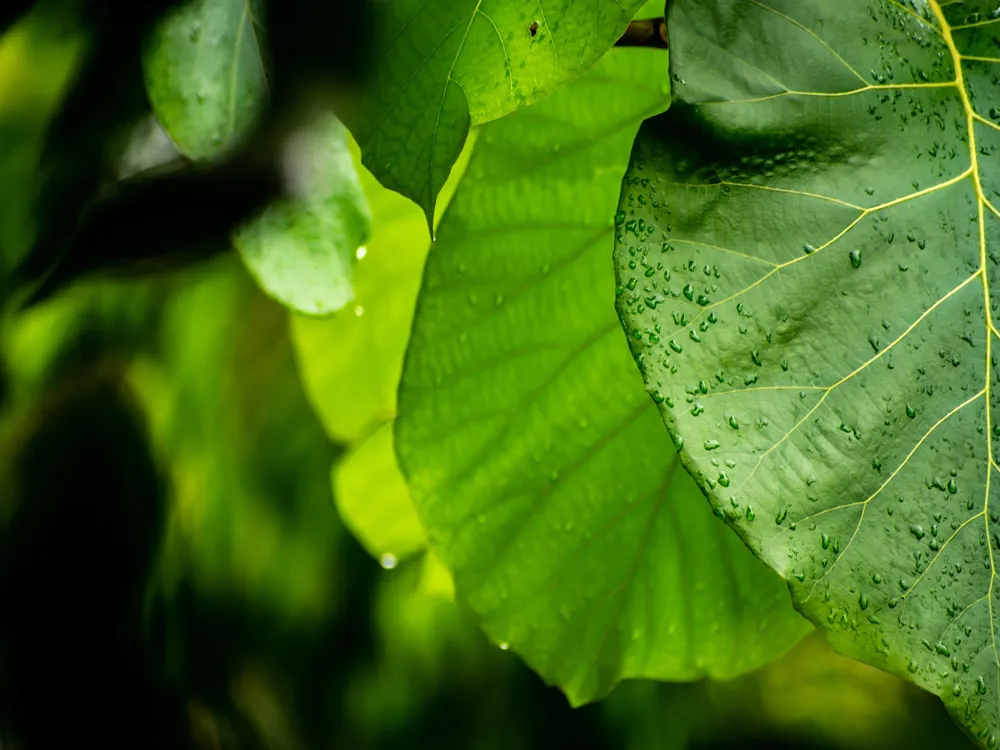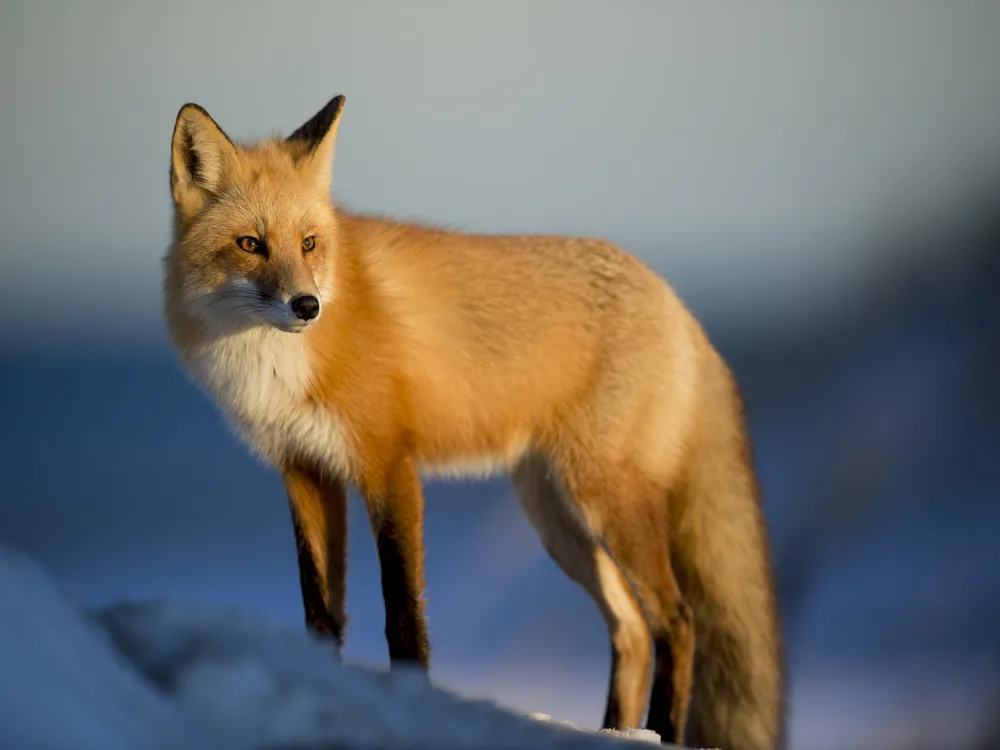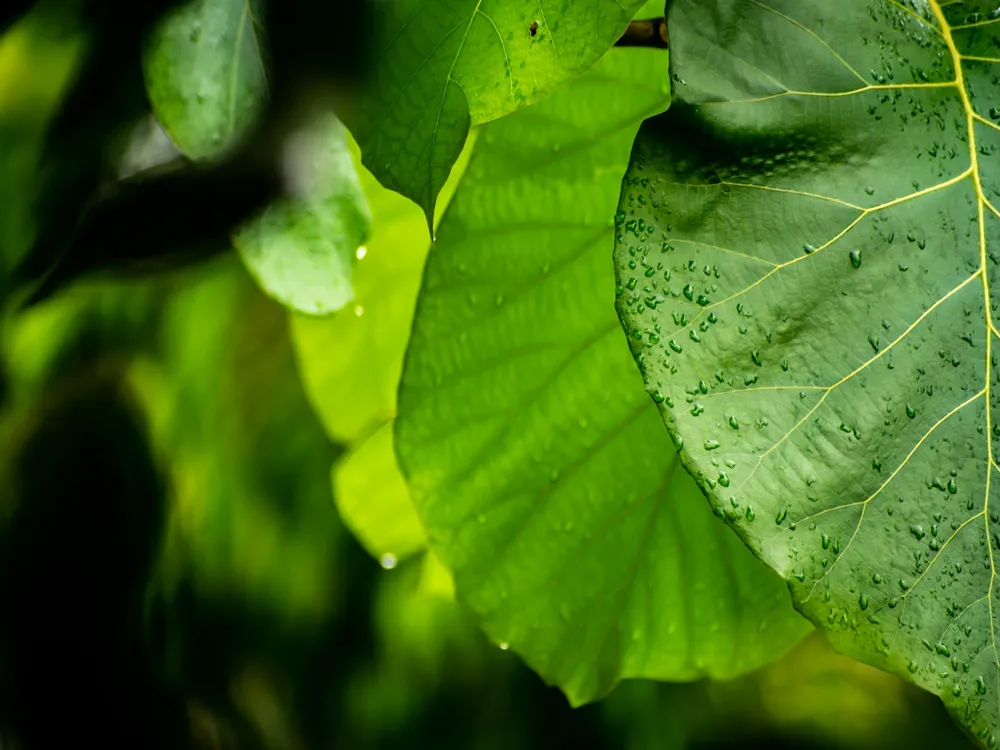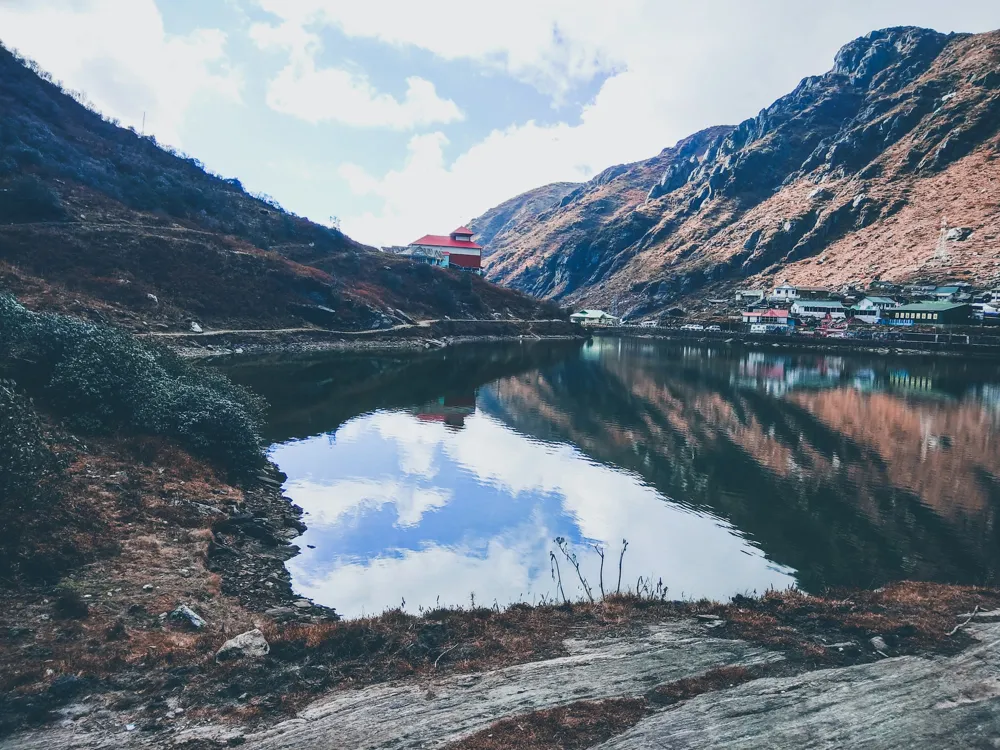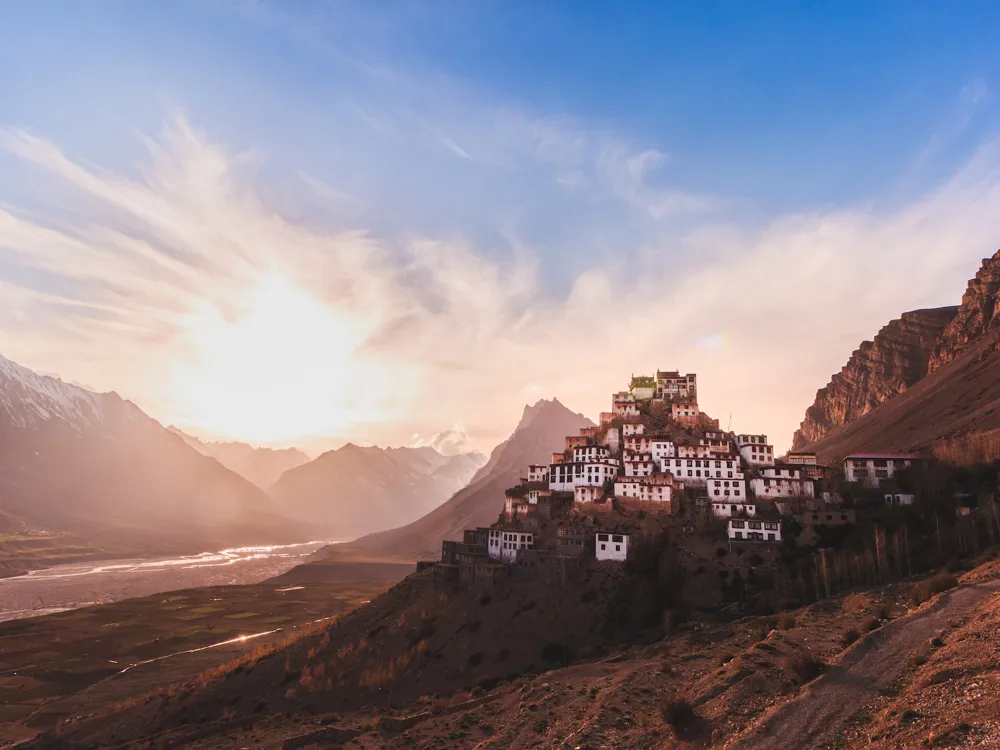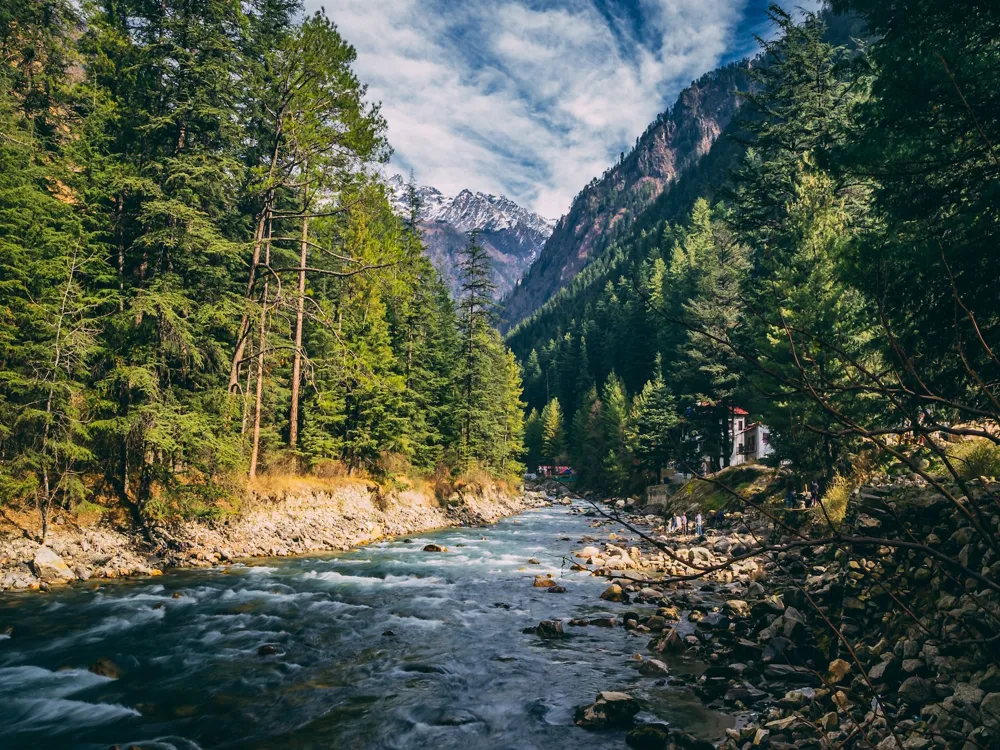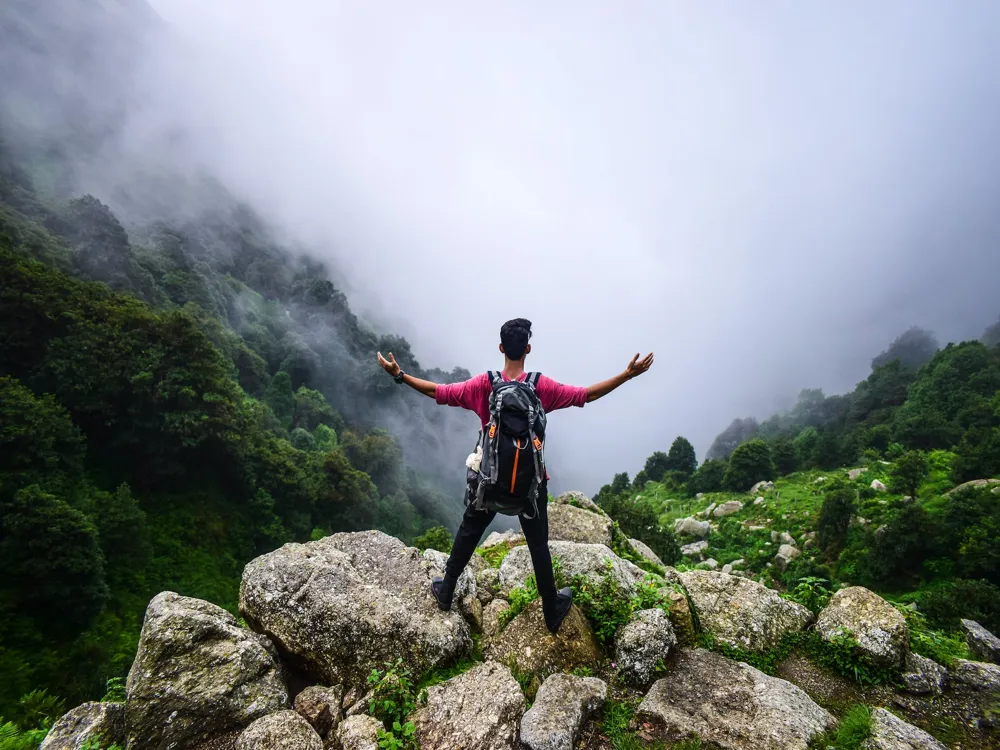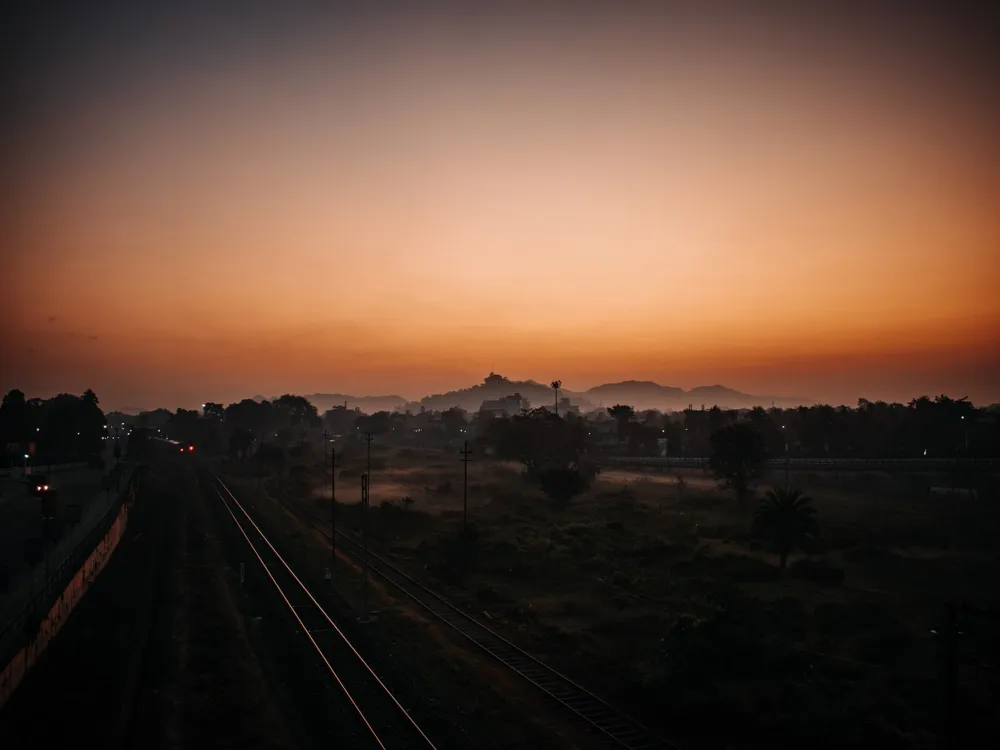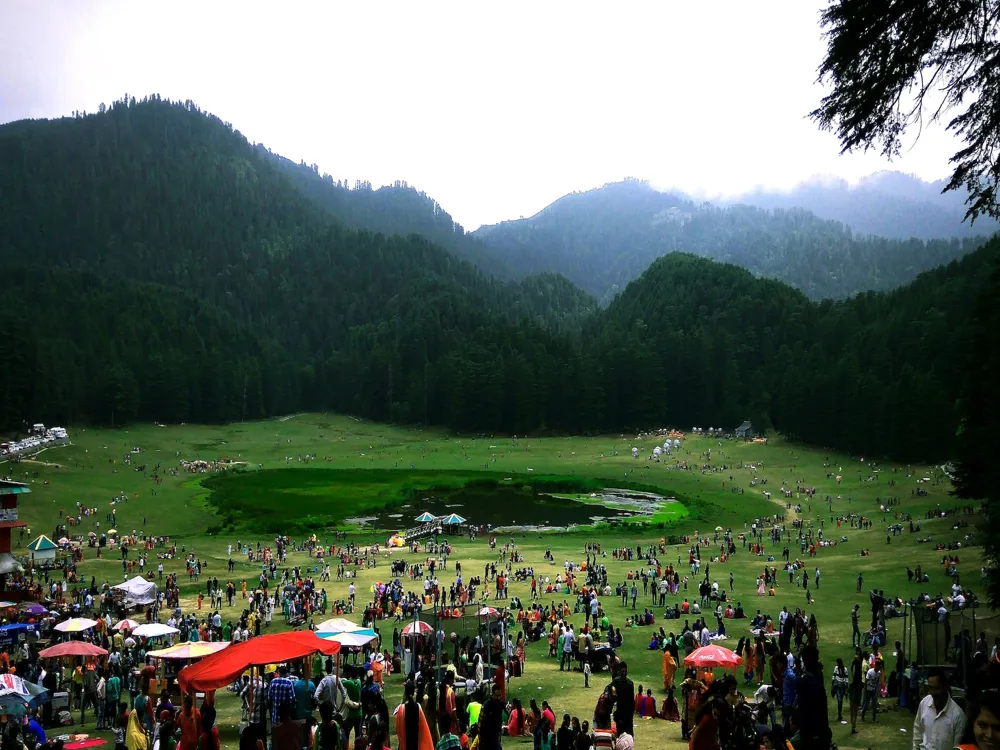Best Time to Visit Dooars
West Bengal India
7 out of 38 Places to visit in West BengalNaN onwards View Packages
Get Customized PackagesThe Land of Diversity
Top Hotel Collections

Private Pool

Luxury Hotels

5-Star Hotels

Pet Friendly
What is the Best Time to Visit Dooars?
Planning a trip to the enchanting region of Dooars involves meticulous consideration of the best time to visit to ensure an unforgettable experience. Nestled in the foothills of the Eastern Himalayas, Dooars boasts a unique charm throughout the year, each season offering a distinctive allure to travelers.
More about the Best Time to Travel to Dooars
Travel Peak Season in Dooars
Dooars experiences its peak season during the winter months, from November to February. The weather is cool and pleasant, making it ideal for exploring the lush landscapes and wildlife sanctuaries that define the region. The clear skies and comfortable temperatures create a perfect setting for wildlife enthusiasts and nature lovers.
Travel Offseason in Dooars
Contrary to the peak season, the offseason in Dooars, spanning from June to September, offers a unique appeal for those seeking tranquility and lush greenery. Although the monsoon brings occasional showers, the rejuvenated flora and the vibrant atmosphere make it a hidden gem for offbeat travelers.
Dooars Travel Packages
View All Packages For Dooars
Dooars in Shoulder Season
The shoulder season, from March to May, provides a delightful compromise between the bustling peak season and the serene offseason. During this period, the weather remains mild, and the region is adorned with blooming flowers, making it an ideal time for both wildlife enthusiasts and leisure travelers.
Dooars in Hot Season
The hot season, extending from March to June, offers a different facet of Dooars. While temperatures rise, creating a warm and sunny ambiance, this period is perfect for those who appreciate a quieter exploration of the region's natural wonders.
Dooars in Rainy Season
The rainy season, from June to September, transforms Dooars into a lush paradise. The monsoon showers breathe life into the dense forests, and the rivers flow with renewed vigor. Adventure seekers can relish the thrill of witnessing nature's vibrant spectacle during this period.
Dooars in Cool Season
The cool season, from October to February, welcomes visitors with refreshing weather and clear skies. It's an opportune time to embark on safaris and explore the numerous national parks and wildlife sanctuaries that Dooars is renowned for.
Places To Visit In Dooars
View All Places To Visit In DooarsNearby Places Dooars
Dooars Photos
View All Photos For DooarsBrowse Package Collections
Browse Hotel Collections
Faq
Q: What is the best time to visit Dooars?
A: The best time to visit Dooars is during the winter months, from November to February. The weather is pleasant, and the temperature ranges from 7°C to 25°C, making it ideal for exploring the lush green landscapes and diverse wildlife.
Q: Are there any specific months to avoid visiting Dooars?
A: It's advisable to avoid the monsoon season, from June to September, due to heavy rainfall that may lead to landslides and disrupt travel plans. Wildlife sightings may also be limited during this period.
Q: What makes the winter season preferable for a Dooars visit?
A: The winter season offers clear skies, comfortable temperatures, and a vibrant atmosphere. It is an excellent time for wildlife enthusiasts, as animals are more active, and the scenic beauty of tea gardens and forests is at its peak.
Q: Can Dooars be visited during the summer months?
A: While summer (March to May) is not the peak season, it is still a good time to visit Dooars. The weather is moderate, with temperatures ranging from 15°C to 31°C, making it suitable for outdoor activities like jungle safaris and nature walks.
Q: What are the chances of wildlife sightings during my visit to Dooars?
A: The best chances of wildlife sightings are during the winter and post-monsoon seasons. Many wildlife sanctuaries and national parks in Dooars are home to a variety of species, and the dry weather during these periods increases the likelihood of spotting animals.

